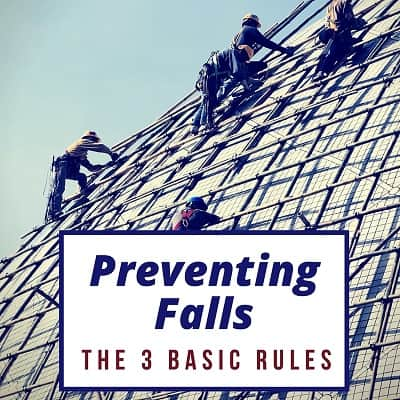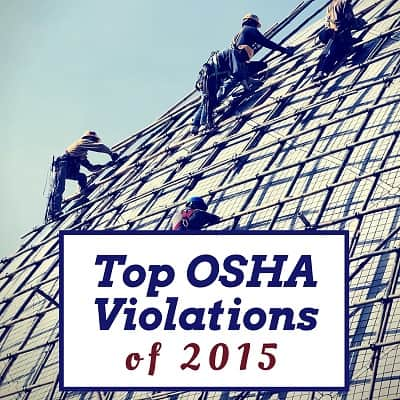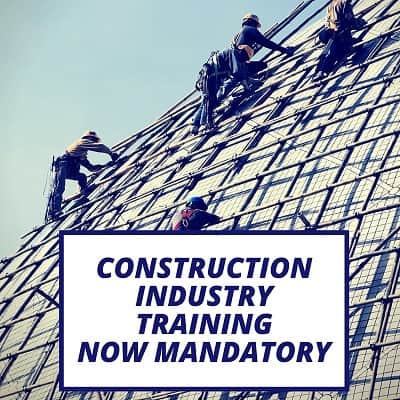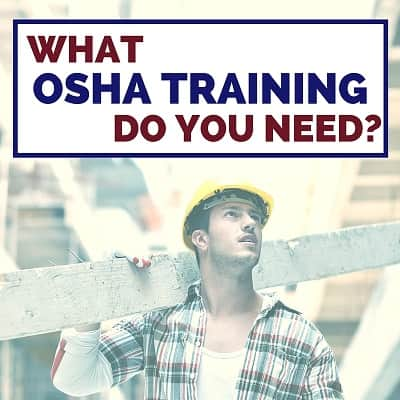Preventing Falls - The 3 Basic Rules of Fall Protection

Falls are one of the leading causes of death in construction despite how preventable these deaths are. OSHA designates falls as one of the "Focus Four" causes of construction fatalities alongside caught-in or -between, struck-by and electrocution hazards. These are the most common ways construction workers are injured or killed on the job. Even a fall of just six feet can result in death.
The cost of a falling accident goes beyond injury or death to the worker. Workers' compensation and medical costs associated with occupational falls can add up quickly. On top of that, there is the cost to the project of having fewer workers, possibly added to by the costs of recruiting and training new workers.
The low morale of seeing an injury or death to a coworker can also sap productivity from the remaining workers. All of these factors make even one fall from a relatively short height extremely expensive, and their prevention extremely valuable.
In response, in 2012 the Occupational Safety & Health Administration (OSHA), the National Institute for Occupational Safety and Health (NIOSH), and the National Occupational Research Agenda (NORA) teamed up to provide education and enforcement of techniques designed to prevent falls.
The groups suggest three steps to prevent falls: plan, provide and train.
Plan ahead to get the job done safely
As part of the planning on any job or project, decide what portions will require workers to be at heights, from ladders, scaffolds, roofs, or other means. Determine what safety equipment and training may be needed to keep workers safe for those portions of the job.
Provide the right equipment
Fall protection gear and proper equipment, such as ladders and scaffolds, are required for workers who are six feet or more above a lower level. Different ladders and scaffolds are appropriate for different jobs, so make sure you are providing the correct kind. If your job requires the use of personal fall arrest systems (PFAS), make sure each worker has a harness. Be sure to inspect all of the equipment to make sure it's in good order before using it.
Train everyone to use the equipment safely
The proper equipment doesn't provide much help if it's used incorrectly. Make sure all of your workers understand the proper set up and use of the ladders, scaffolds, FPAS, and other equipment they'll be using. There are also training courses such as the Fall Protection Certificate Program can help educate workers on workplace fall hazards.
Additional resources
OSHA offers many free informational resources designed to prevent falls and protect workers. Learn how to participate in OSHA's fall prevention campaign. Find detailed fall protection information. Visit the OSHA website if you would like to know more.



